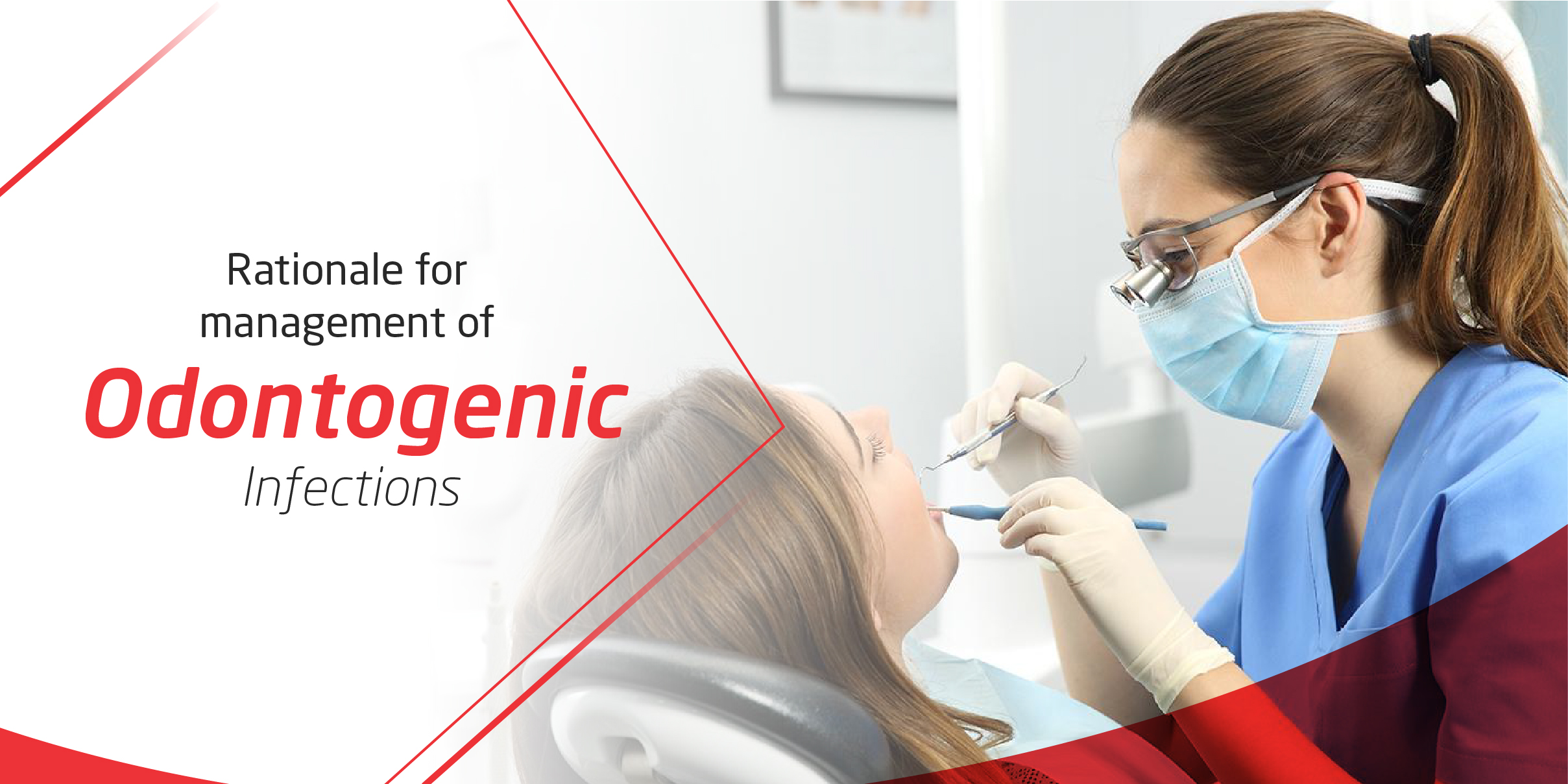
Orofacial infections can spread rapidly to involve deeper spaces leading to significant morbidly. Pyrexia with dysphagia, dyspnoea, and warning signs of spreading infections. Dental surgeons should be able to recognize these infections early, initiate appropriate treatment and whenever necessary refer them to the Oral and Maxillofacial surgeons for definitive management.
Treatment must focus on airway control with adequate fluid resuscitation, optimization of pre-existing medical conditions prior to removal of the source of infection with drainage of pus. Early admission, incision & drainage with iv antibiotics therapy is of utmost importance.
Empirical antibiotics with a combination of Amoxicillin and metronidazole usually covers the polymicrobial nature of most odontogenic infections. Therapeutic antibiotics can be initiated after the culture and sensitivity of the purulent discharge.
Prompt I&D provides for early decompression and improves tissue oxygenation. The incision is placed at the most dependant part of the fluctuant area but in the region of the healthy skin or mucosa. Whenever extra oral drainage is desirable, an incision is placed in the natural skin creases or under the shadow of the jaw to void an unesthetic scar.
Drains such as corrugated rubber drains or Penrose or gauze dressing are secured in place with sutures and left in situ, to be removed at a later time when the drainage becomes minimal. The dressings must be changed at regular intervals under sterile conditions to prevent ascending infections from the drainage sites.
Santosh Dental College and hospital provides for good infrastructure with competent care and serves as a tertiary referral center for management of these.